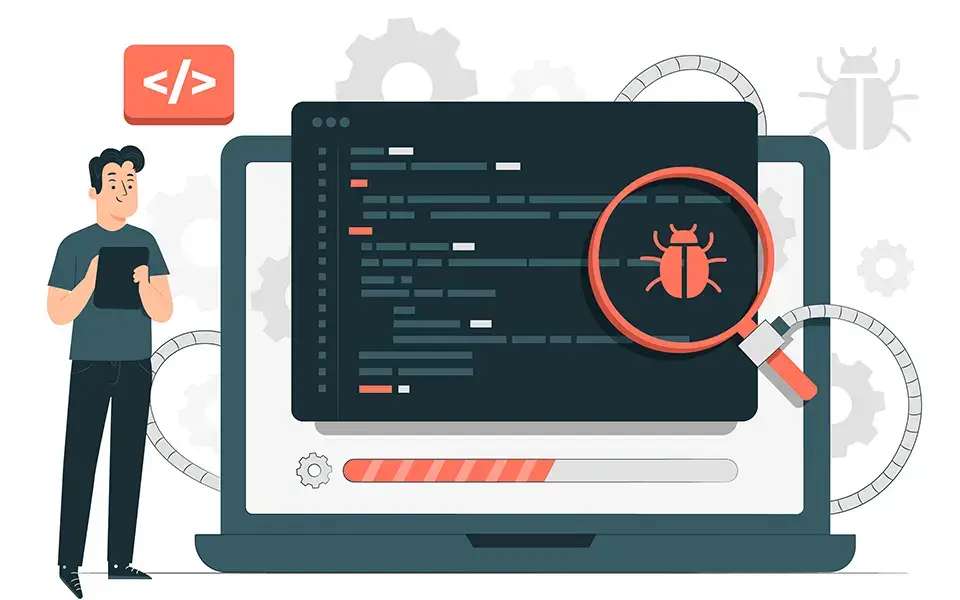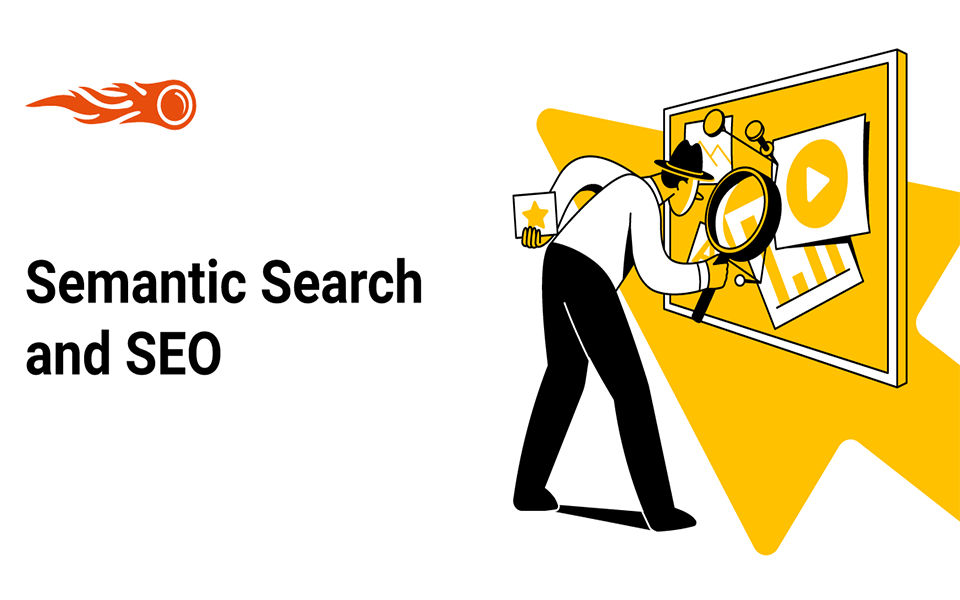
OpenAI recently provided details about its web crawler, known as GPTBot, in its online documentation. GPTBot is a tool used by OpenAI to gather information from webpages for training AI models like ChatGPT and GPT-4. This revelation sparked discussions among website owners about whether to allow or block GPTBot’s access to their content. In this blog, we’ll break down what GPTBot is, its potential impact, and how websites can control its access.
What is GPTBot?
GPTBot is OpenAI’s web crawler, or “user agent,” designed to collect data from websites for training AI models. Think of it as a digital explorer that helps AI models learn from information available on the internet. The goal is to make AI models smarter and safer by exposing them to a wide range of online content.
Why Allow GPTBot Access?
OpenAI emphasizes that allowing GPTBot to access your website can contribute to improving AI models. By doing so, you help AI models become more accurate, capable, and safer in their interactions. OpenAI claims to have implemented filters to ensure GPTBot avoids websites behind paywalls, those gathering personal information, or content that violates OpenAI’s policies.
Blocking GPTBot: Is it Effective?
Some website owners have expressed a desire to block GPTBot’s access to their content. OpenAI provides instructions on how to achieve this using the standard robots.txt file, a text file placed at the root directory of a website. Adding specific lines to this file can instruct web crawlers like GPTBot not to index your site.
For example, to block GPTBot completely, you can use:
User-agent: GPTBot
Disallow: /
You can also allow GPTBot access to certain parts of your site while blocking others, as shown in this example:
User-agent: GPTBot
Allow: /directory-1/
Disallow: /directory-2/
Additionally, OpenAI has shared the IP address blocks from which GPTBot operates, which can be blocked using firewalls.
However, it’s essential to note that blocking GPTBot does not guarantee your content won’t be used to train future AI models. Other data sets, like The Pile, unrelated to OpenAI, are used for training open-source language models.
The Dilemma for Website Operators
For many website operators, the decision to block GPTBot isn’t straightforward. While it may protect copyrighted content and control the use of their data, it could also limit their online visibility. Some websites benefit from AI models like ChatGPT, which provide information to users. Blocking AI model access could impact a site’s reach and cultural influence.
As the world of generative AI continues to evolve, website operators have the option to control GPTBot’s access to their content. OpenAI’s transparency about GPTBot and its guidelines for blocking access provide website owners with choices. The decision to allow or block GPTBot’s access ultimately depends on individual goals and priorities. As technology advances, staying informed and making decisions that align with your website’s objectives and values is essential.





